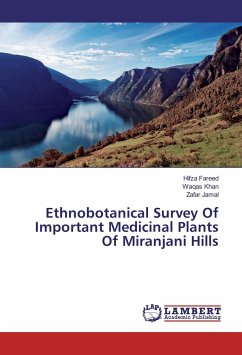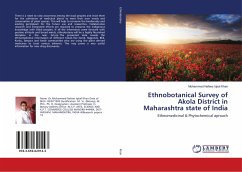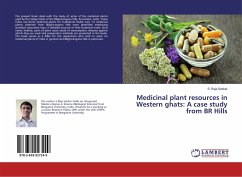An ethnobotanical study was undertaken in year 2014 - 2015, in Miranjani Hill to record information on medicinal plants from Miranjani Hill to identify medicinal plants that used for treating diseases. Inhabitants of Miranjani Hill, especially old people; who were the main informants were interviewed during field trips by using different types of questionnaires. People were interviewed and botanical name, common name, part used and medicinal uses were recorded.The study identified and recorded 27 plants species from 36 plant families used for treating diseases in Miranjani Hills. The Asteraceae was the most represented plant family having 6 species ,followed by Apiaceae , Balsaminaceae, Ranunculaceae, Rosaceae 2 species each, followed by Amaranthaceae, Berberidaceae, Saxifragaceae, Cannabaceae, Sapindaceae, Euphorbiaceae, Araliaceae, Convolvulaceae, Fabaceae, Cryptogrammataceae, Paeoniaceae, Plantaginaceae, Podophyllaceae, Punicaceae, Polygonaceae, Buxaceae, Solanaceae, Taxaceae,Scrophlariaceae, Valerianaceae, Violaceae, Rutaceae 1 species each . The leaves 31% was the most commonly used plant part, followed by flower and root (12% each), then followed by fruit, stem and seed.
Bitte wählen Sie Ihr Anliegen aus.
Rechnungen
Retourenschein anfordern
Bestellstatus
Storno








